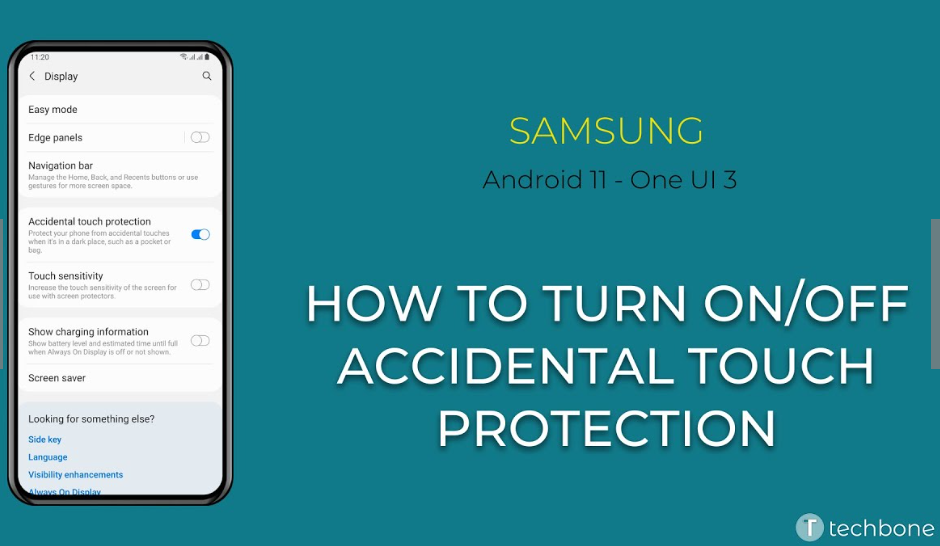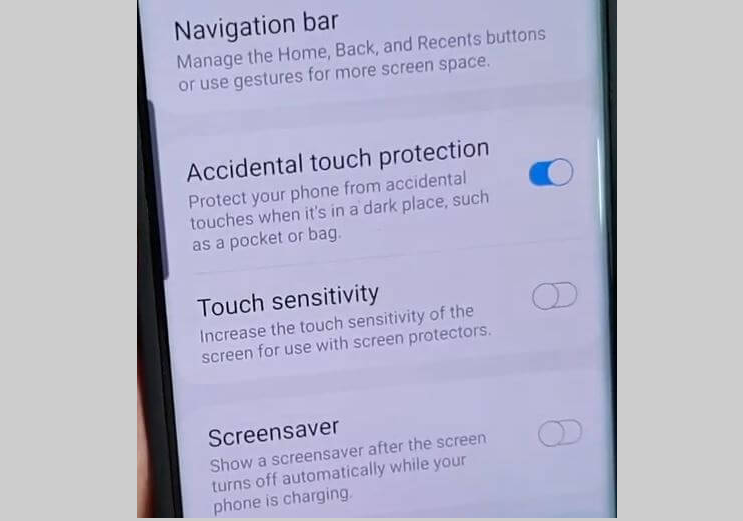How to Turn Off Accidental Touch: A Step-by-Step Guide
Accidental touch, also known as touch sensitivity, can be a common issue on touch-screen devices. It occurs when the screen registers unintended touches, leading to accidental actions or commands. If you're tired of dealing with this frustrating problem, you've come to the right place. In this article, we'll provide you with a step-by-step guide on how to turn off accidental touch on your device. By following these instructions, you can regain control and prevent unintended actions on your touch screen.

How to turn off accidental touch?
1. Understand Accidental Touch:
Before we delve into the solution, it's important to understand what accidental touch is and why it occurs.
Accidental touch happens when the touch screen is too sensitive and registers touches even when you don't physically touch it.
This can be caused by factors such as screen sensitivity settings, screen protectors, or even environmental conditions. By turning off accidental touch, you can minimize these unwanted interactions and improve your user experience.
2. Adjust Touch Sensitivity Settings:
The first step to turning off accidental touch is to adjust the touch sensitivity settings on your device. This option may vary depending on the operating system and device model you're using. Here's a general guide on how to adjust touch sensitivity:
-
For Android devices: Go to Settings > Display > Touch Sensitivity (or similar option). Toggle the setting off to reduce touch sensitivity and prevent accidental touches.
-
-
For iOS devices: Go to Settings > Accessibility > Touch > Touch Accommodations. Enable the "Ignore Repeated Touches" option to reduce accidental touches.
-
3. Disable Palm Rejection or Glove Mode:
Some devices offer features like palm rejection or glove mode, which can increase touch sensitivity to detect touches even with gloves or when using the device with your palm resting on the screen. However, these features can also contribute to accidental touches. To turn them off:
-
For Android devices: Go to Settings > Advanced Features > Palm Rejection (or similar option). Disable the feature to reduce accidental touches.
-
-
For iOS devices: Go to Settings > General > Accessibility > Touch > Touch Accommodations. Disable the "Ignore Repeated Touches" option.
-
4. Remove Screen Protectors:
If you're using a screen protector on your device, it's worth checking if it's causing the accidental touch issue. Low-quality or poorly installed screen protectors can interfere with touch sensitivity and lead to unintended touches. Try removing the screen protector and observe if the accidental touch problem persists. If the issue improves without the screen protector, consider replacing it with a higher-quality one or using the device without a screen protector.
5. Keep Your Device Clean:
Sometimes, dust, dirt, or moisture on the screen can trigger unintended touches. Ensure that your device screen is clean and free from any debris. Use a microfiber cloth to gently wipe the screen and remove any smudges or particles that may interfere with touch sensitivity.
6. Use a Stylus or Gloves:
If you continue to experience accidental touch issues, consider using a stylus or gloves when interacting with your device. These tools can provide a physical barrier between your fingers and the screen, reducing the likelihood of unintended touches.

Turn off accidental touch
Accidental touch can be a frustrating experience, but with the right steps, you can minimize its occurrence. By adjusting touch sensitivity settings, disabling palm rejection or glove mode, removing screen protectors, keeping your device clean, and using alternative input methods like a stylus or gloves, you can effectively turn off accidental touch on your device. Follow the step-by-step guide outlined in this article to regain control over your touch-screen experience and prevent unintended actions. Enjoy a smoother and more reliable interaction with your device.